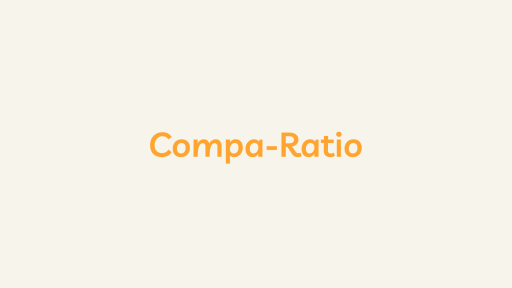Introduction
The landscape of retirement planning has become increasingly complex, with individuals seeking effective strategies to secure their financial future. Among the array of retirement savings options, the 457(b) Retirement Plan is a valuable tool for public sector employees and certain non-profit workers. In this article, we will delve into the key aspects of the 457(b) plan, exploring its features, benefits, and how it differs from other retirement savings vehicles.
1. Understanding the 457(b) Retirement Plan
- Definition: The 457(b) plan is a tax-advantaged retirement savings plan designed for employees of state and local governments, as well as certain tax-exempt organizations. It allows participants to contribute a portion of their salary to the plan on a pre-tax or after-tax basis.
- Eligibility: Employees of state and local governments and specific tax-exempt organizations are typically eligible for the 457(b) plan. This includes public school employees, firefighters, and non-profit workers.
- Contribution Limits: The annual contribution limits for the 457(b) plan can vary, but as of the current regulations, participants can contribute up to a certain percentage of their salary. Unlike some other retirement plans, additional catch-up contributions may be available for participants close to retirement age.
2. Tax Advantages of 457(b) Retirement Plan
- Pre-tax Contributions: Participants can contribute to the 457(b) plan on a pre-tax basis, meaning that the amount contributed is deducted from their annual taxable income. This can result in immediate tax savings.
- Tax-Deferred Growth: The 457(b) account investments grow tax-deferred, allowing for potential compound growth over time. This means participants don’t pay taxes on the investment gains until they start making withdrawals.
- Roth 457(b) Option: Besides pre-tax contributions, some plans offer a Roth 457(b) option. With this option, participants contribute after-tax dollars, but qualified withdrawals, including earnings, are tax-free.
3. Withdrawals and Distributions
- Normal Retirement Age: The normal retirement age for the 457(b) plan is often around 70½, but it can vary. Participants can generally start making penalty-free withdrawals once they reach this age.
- Penalties for Early Withdrawals: Withdrawing funds before reaching the specified retirement age or meeting other qualifying criteria may result in penalties. However, there are exceptions, such as unforeseen emergencies.
- Required Minimum Distributions (RMDs): Similar to other retirement plans, participants must start taking minimum distributions by April 1st of the year following the year they reach the age of 72 unless they are still working.
4. Key Differences from Other Retirement Plans
- Distinctions from 401(k) and 403(b): While 401(k) and 403(b) plans are more common, the 457(b) plan has unique features. One significant distinction is that 457(b) plans do not have the early withdrawal penalty of 10% that applies to other plans.
- Non-Governmental 457(b) Plans: Certain highly compensated employees in the private sector may have access to non-governmental 457(b) plans, which operate under different rules and may have different contribution limits.
5. Advantages and Considerations of 457(b) Retirement Plan
- Portability: One advantage of the 457(b) plan is its portability. Participants can roll over funds to another eligible retirement account if they change employers or retire.
- Unique Catch-Up Contributions: The 457(b) plan may allow participants within a few years of retirement age to make additional catch-up contributions, providing an opportunity to boost retirement savings.
- Considerations for Non-Profit Organizations: Non-profit employees should be aware of any specific rules or considerations that may apply to them. Some non-profit organizations offer the 457(b) plan alongside other retirement options.
Conclusion
In conclusion, the 457(b) Retirement Plan offers a strategic avenue for public sector employees and eligible non-profit workers to build a secure retirement future. By understanding its unique features, tax advantages, and considerations, individuals can make informed decisions to optimize their retirement savings strategy. As with any financial planning tool, seeking professional advice and staying informed about updates to the plan’s regulations are crucial for maximizing the benefits of the 457(b) Retirement Plan.





